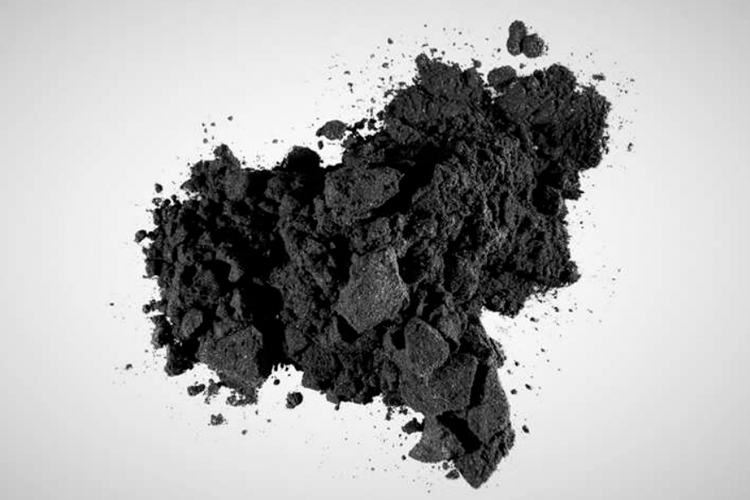Tax credit for electric cars: USA continues to allow graphite from China
Car manufacturers will be given until 2027 – an additional two years – to secure the procurement of graphite for anodes and other critical minerals in electrolyte salts, binders and additives. Until then, procurement from Chinese sources is permitted. The Biden administration argues, among other things, that it is also difficult to trace the origin of these elements.
In principle, the regulation on the tax credit for electric cars now adopted by the Ministry of Finance and Energy closely follows the guidelines proposed last year, which were already in force in their draft version. The government’s main aim is to use the tax credit as a lever to bring the value and supply chain for electric vehicles to the USA. Even now, only vehicles that are assembled in North America are eligible.
New requirements for battery and mineral procurement came into force at the beginning of 2023 and upper limits for the vehicle price and the buyer’s income have applied since 1 January 2024. The rules are now being extended once again with additional requirements regarding the origin of battery components and materials. Basically, in order to qualify for the full tax credit of USD 7,500, e-vehicles may no longer use battery components manufactured or processed by a company from a country considered to be a country of concern from 2024. This applies primarily to China, but also to Russia, North Korea and Iran.
From 2025, this rule will also apply to battery minerals. However, this is where the above-mentioned exception comes into play. When the plans were presented in December, it was already stated that there would be a two-year transition period for certain minerals that apparently cannot be extracted quickly enough elsewhere. However, according to the Ministry of Finance at the time, they should each account for less than two per cent of the value of battery-critical minerals. It is now clear what is at stake: the ministry said on Friday that it would give car manufacturers until 2027 to remove some hard-to-detect minerals such as graphite in anode materials and critical minerals in electrolyte salts, binders and additives.
For John Bozzella, head of the Alliance for Automotive Innovation, the exemption is well received. The Treasury Department’s new rules “appear to recognise the realities of the global supply chain by providing some temporary flexibility in terms of where the critical minerals in EV batteries can be sourced,” he is quoted as saying in the media. China, for example, currently accounts for 70 per cent of global graphite production.
Both Republicans and progressive Democrats have criticised the exemption, which they say will allow China to remain in business. The current publication of the final rules now allows the critics to challenge them in court and in Congress. So it remains to be seen whether the current set of rules can remain in place.
The current restrictions already in place initially limited the number of eligible electric and plug-in hybrid vehicles in the US to around a dozen of the more than 100 models on the market. There are now around 22 models, “as automakers increasingly shift their supply chains to the US and allied countries”, according to the publication Politico, among others.
Incidentally, buyers of eligible electric cars in the USA can now also use the tax credit as a purchase discount. As Politico reports, citing figures from the Ministry of Finance, more than 100,000 credits have already been used at points of sale this year, which means savings of more than 700 million dollars.
reuters.com, bnnbloomberg.ca, politico.com, home.treasury.gov, fueleconomy.gov





0 Comments